https://ift.tt/2Ml9ndM - youtube channel 20 Things Wrong With Lord Of The Rings We All Choose To Ignore https://ift.tt/2P0jkeq August 22, 2018 at 04:08AM 
When Peter Jackson delivered The Lord of the Rings cinematic trilogy, it was a long-awaited dream come true for fans of the epic JRR Tolkien tomes. Truly, there was no way to properly bring such a spectacle onto the big screen until we were well into the era of CGI.
It was something of a miracle that the director formerly best-known for splatter-fests like Dead Alive and light horror comedy fare like The Frighteners could so successfully craft a series of complex films (later taking on The Hobbit as well). But the adaptation was, in fact, less than perfect.
While doing his best to be faithful to the source material, Jackson actually deviated from Tolkien's vision many times, and for reasons which aren't always necessarily understandable.
Yes, of course, changes had to be made. Combining The Fellowship of the Rings with The Two Towers and The Return of the King added up to almost twelve hours of visual storytelling – and even more when you add in the special editions. It must have been a very tough task indeed. Regardless, mistakes were made.
Jackson simply got lots of things wrong, or in some cases, didn't go far enough to explain some of Tolkien's own shortcomings. The list strides from the nitpicky to the jaw-droppingly unexplainable. It's time we face these uncomfortable truths, no matter how many Ring-Wraiths may hunt us down for daring to point them out!
Here are 20 Things Wrong With Lord Of The Rings We All Choose To Ignore.
20 The Ents Did Nothing About Orcs for Years

There are fewer stranger characters in The Lord of the Rings than the Ents. These walking, talking trees are known for being extremely patient, sometimes indulging in years of deliberation before making any decisions. This is true even while Saruman's orcs are busy chopping down fellow Ents to build their war machine. And yet, when Merry and Pippin alert them to the carnage, they go into action and storm Isengard in revenge.
We are forced to accept that the smell of burning fellow Ents didn't rouse Treebeard, but a couple of Hobbits do.
How about the slain Ents themselves? No crying for help all that time? No fighting back? This is never clearly explained in the books and the films don't help either.
19 Those Eagles Could Have Solved a Lot More Problems
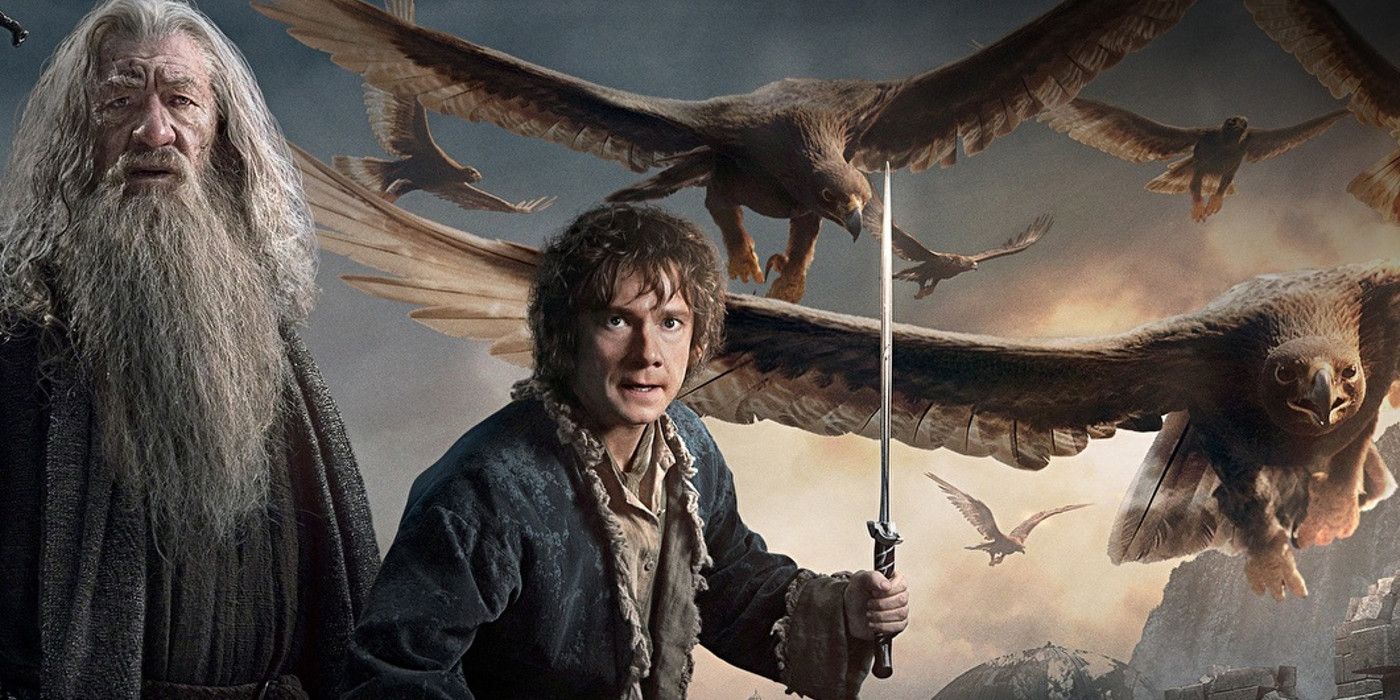
This one we may have to squarely lay on JRR Tolkien. In a world of stories with McGuffins, none may be more outrageous than the Great Eagles in The Lord of the Rings.
These giant birds appear sparingly in the stories, but always when there's no other way out for our heroes.
We see them when they rescue Gandalf from imprisonment in Isengard and then later at the final battle of Mount Doom, where they ultimately pluck Frodo and Samwise from a fiery fate. These are beasts that can take on Nazgul. Oh, and they could fly the ring to be destroyed in hours whereas it takes the Fellowship months.
Does this make sense? With the films changing so many things, a nice line or two of dialogue explaining why these saviors get so much vacation time would be nice.
18 The Ring Affects Frodo Differently than Bilbo

The One Ring to Rule Them All is a heck of a powerful piece of jewelry. It tuns the wearer invisible, it corrupts the soul, and provides a psychic connection with the most evil figure ever, Sauron himself. Not only that, it turned Smeagol into the horrid Gollum!
All of these dangers are present when Frodo puts on the ring. But Bilbo? Not so much. In fact, in The Hobbit, all it does it make him invisible.
That whole it's-so-evil-it-will-destroy-you thing doesn't seem to apply to Bilbo.
This kind of calls the whole power of the ring into question. Again, it would be nice for the films to delve into this discrepancy a little more than the books did.
17 Gandalf Fails to Keep the Ring a Secret
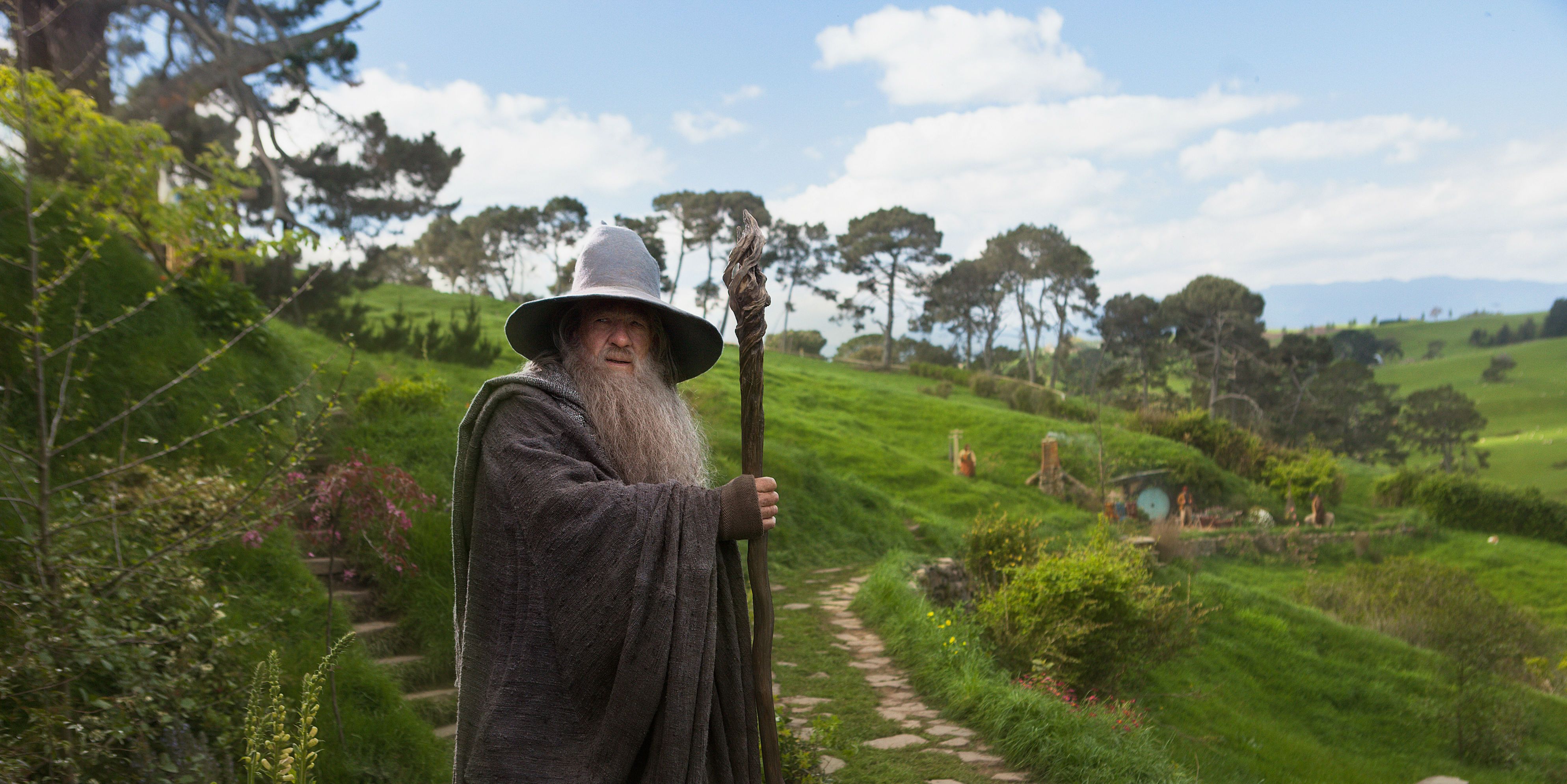
This ring everybody is so focused on is so unbelievably scary, it needs to be kept a secret. Except that at the beginning of The Fellowship of the Ring, Bilbo just about lets the cat out the bag.
Giddy at a Shire party, he decides to make his exit from society by turning himself invisible with the ring in front of everybody. This, of course, would give up the big secret in a hurry.
In the book version, Gandalf sees what Bilbo is about to do and adds some pyrotechnics at the last minute to make it look like the old wizard was behind the vanishing act. In the movie, there are no such distracting flashes.
16 Gimli Didn't Stay In Touch with the Moria Dwarves
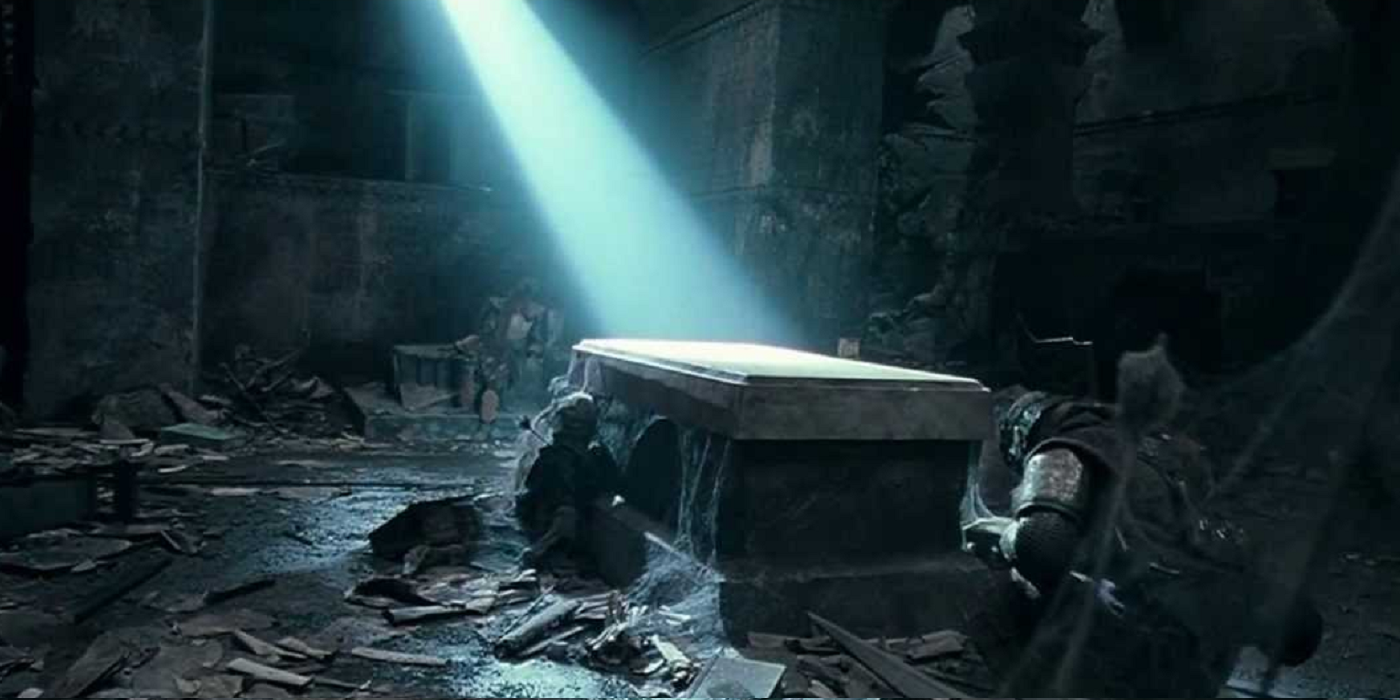
Dwarf culture as described in The Lord of the Rings is a powerful community of honor-bound bonds and great warmth between all of its members.
Gimli simply loves talking about all the awesome dwarves who live in Moria. When the Fellowship makes it to the mighty mines – he's shocked to see all his relatives and countrymen perished and gone due to obvious signs of battle.
This isn't a recent event, as decomposed bones and cobwebs reveal. If these dwarves were so tight-knit, then why didn't anybody check in on the Moria population? Maybe they could have sent a letter via Eagle-mail, at least? We are left to believe that Gimli's deep love didn't warrant even a "You guys doing okay?" signal fire!
15 The Fate of Saruman

The single most reviled character in The Lord of the Rings might just be Saruman. While the Nazgul and Sauron are obviously the ringleaders of evil in Middle-earth, the stench of betrayal Saruman carries with him – having formerly being a trusted fighter for the good guys – is simply too much to take.
In The Two Towers, he finally gets defeated. But what happens to him after? In the books, he meets his end in The Return of the King.
In the movies, we just hear that "his power is no more." We don't get to see him face his final fate.
Except in the extended version of The Two Towers, where he falls to his oblivion. In the book, it happens much later in the Shire.
14 Sauron Can See Everywhere... but Under His Nose
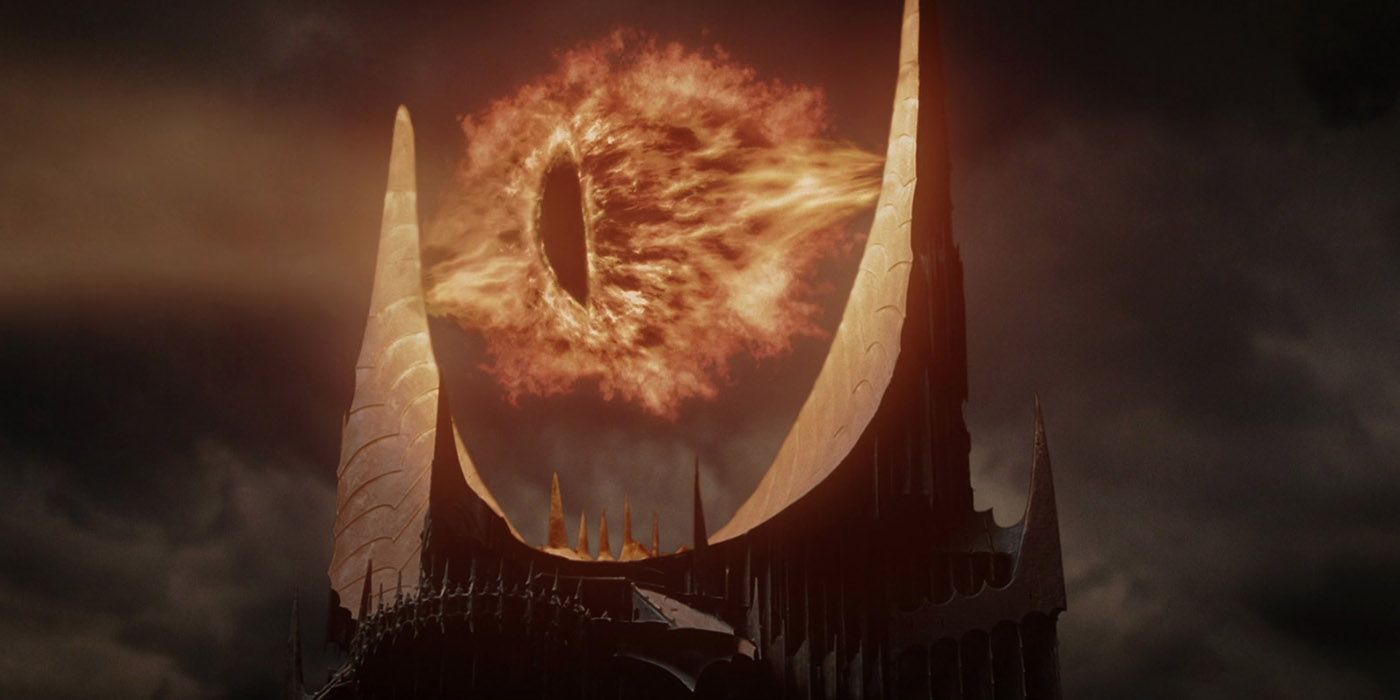
Never has there been a single entity in all of Middle-earth as seemingly all-powerful as Sauron. His burning evil eye atop his tower in Modor can cast its gaze against all the lands of men and learn the secrets he can ride to victory. In fact, much of the story is spent with our heroes trying to avoid being seen by Sauron.
Just being in proximity to the ring can send a huge red flag to the evil one. But when Samwise and Frodo are carrying the ring up the steps of Mount Doom right next door to the tower, they can sneak right on by.
In one scene in the film, the Hobbits are exposed to the direct lighthouse-like beam of Sauron's scrutiny, graphically driving his powers of perception home to viewers. But boy, how he misses some clumsy subterfuge in his own house!
13 How Did Pippin Acquire the Palantir?
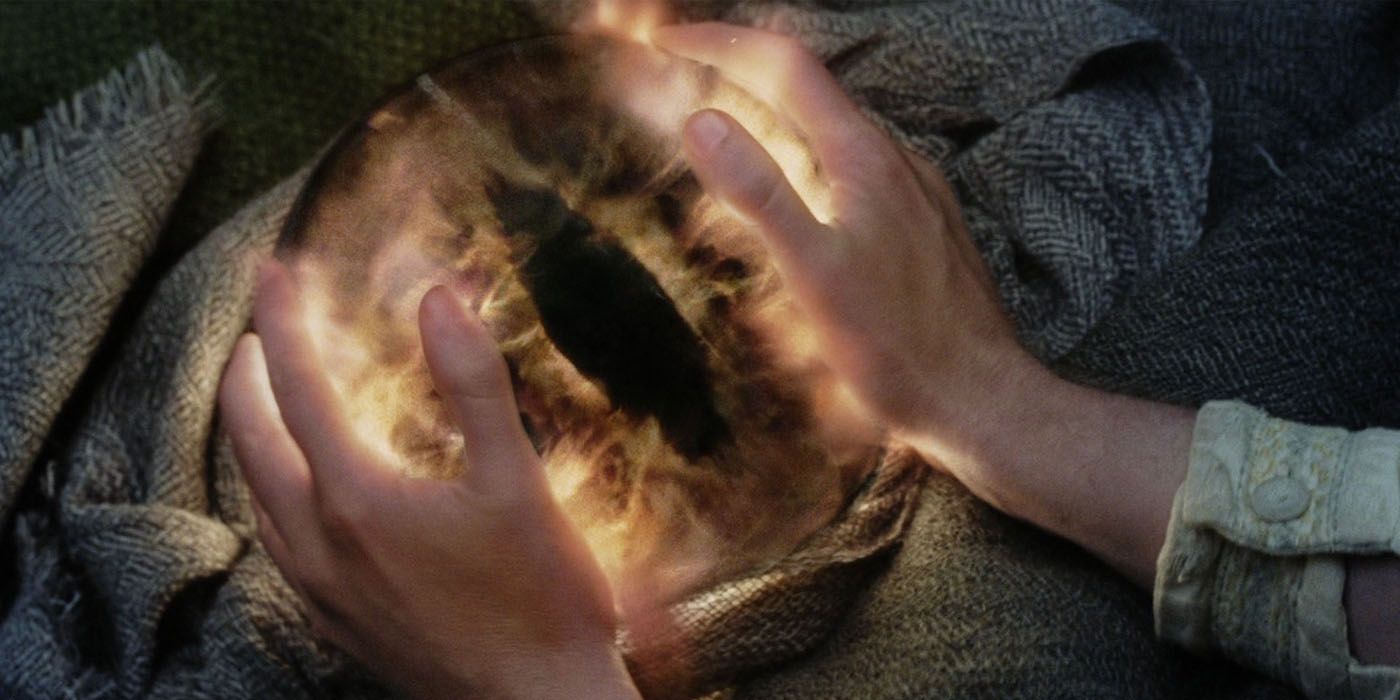
To those in the know, the Palantir is a pivotal tool in The Lord of the Rings. It's basically a crystal ball which can be used to look into the past or lands far away in the present.
Saruman uses it to keep up with his master Sauron, but the careless Hobbit Pippin grabs a hold of it, allowing the evil one to glean info as to the Fellowship's whereabouts. Saruman loses it after his downfall in Isengard.
How the heck does Pippin find it later? By randomly grabbing it out of the water?
In the book version, a quick scene shows him picking it up after the battle.
The movie makes his acquisition of this powerful artifact highly unlikely.
12 Galadriel's Opening Monologue
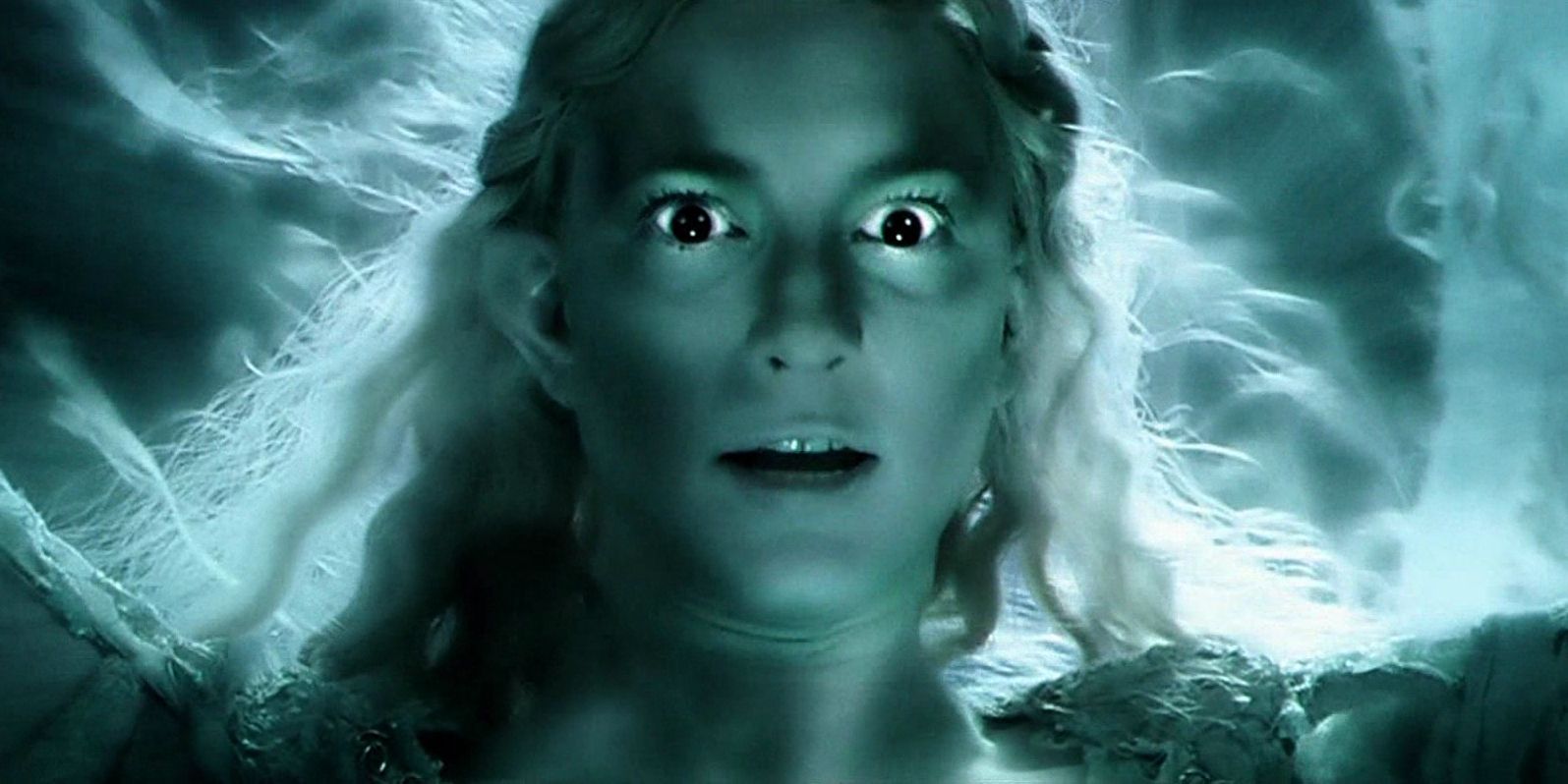
As any true JRR Tolkien fan would know, The Lord of the Rings book trilogy hardly contains all of the information to be found on Middle-earth. It's impossible to add all of that context into the space of a feature film, so Peter Jackson chose to have Galadriel give a little monologue at the start of The Fellowship of the Ring to give the audience some backstory on the whole ring thing.
It's an understandable choice, but none of it was written by Tolkien. Further, this choice erases many conversations that happen in the books which explain all this stuff.
It probably saves time, but it changes how Frodo and company learn about what they truly face, losing some emotion in the process.
11 The Ring Keeps Getting More Powers

Over the progress of the four books, from The Hobbit to The Return of the King, that super-special ring goes through more than a few changes. When it is originally created, it is deemed to be indestructible. We find out by the end of the tales, of course, that's not the case.
In The Hobbit, all it seems to do is make Bilbo invisible. Later, it binds Frodo's soul to evil and psychically connects him to Sauron. And before Bilbo, it turned Smeagol into the creature Gollum.
It's not that the powers of the ring grow with time – it seems to do different things to different people at different times.
10 Helm's Deep Has Deep Flaws
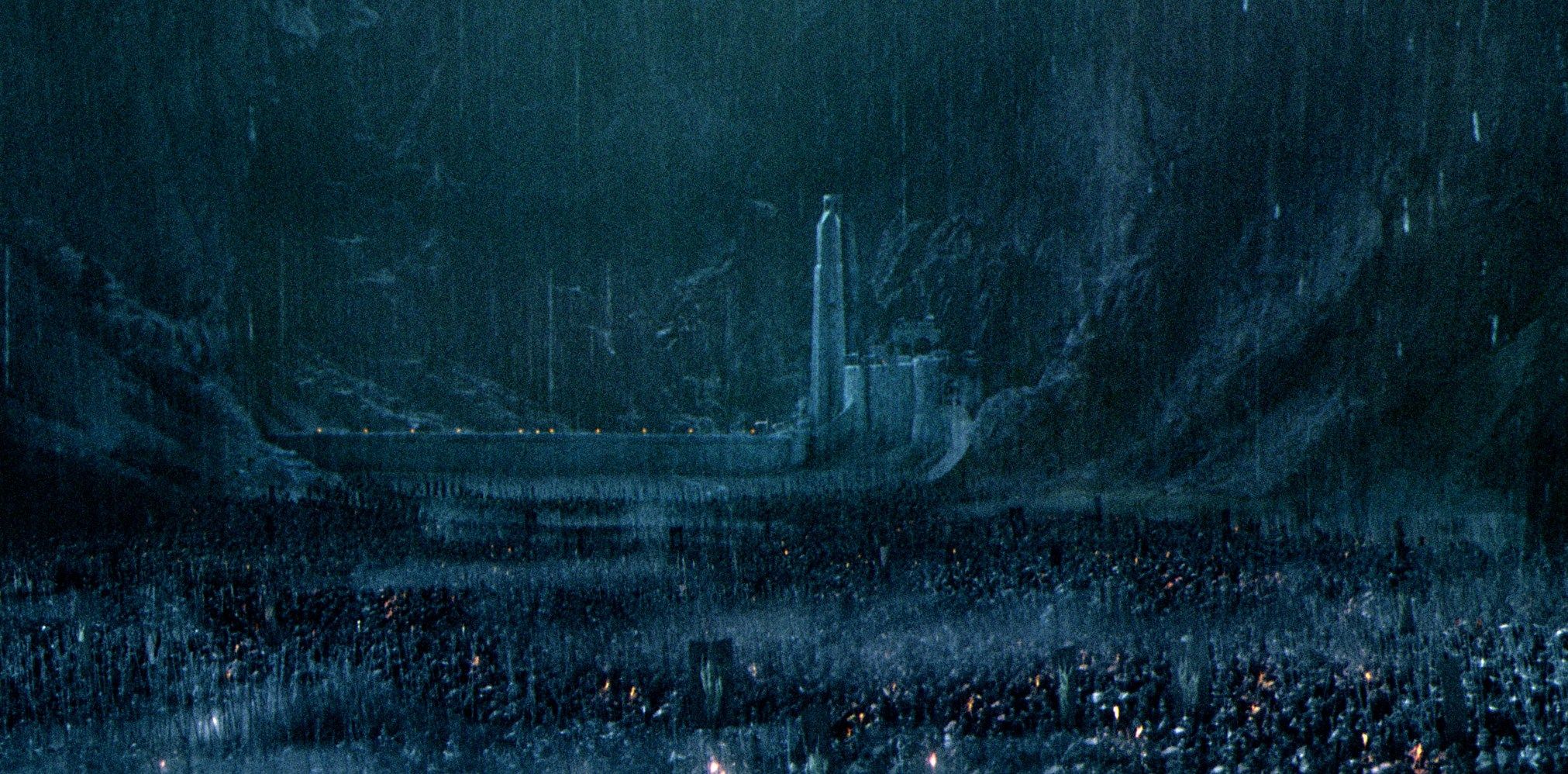
In both the books and the films, the legendary stronghold of Helm's Deep is meant to be the ultimate fortress, fully capable of repelling any attack.
It's kind of weird just how much this impregnable fort is built for weakness.
First of all, those walls do finally come down after all, thanks to orc-bombs. Then there's that weird side door that Aragorn uses to lead a sneak attack strike force to take out some of the enemy. Couldn't the enemy use that door to break into the place themselves?
In the end, Helm's Deep had to be saved by a cavalry led by Gandalf. Maybe next time, Helm's Deep will be rebuilt a bit more securely.
9 Aragorn's Snow White Moment
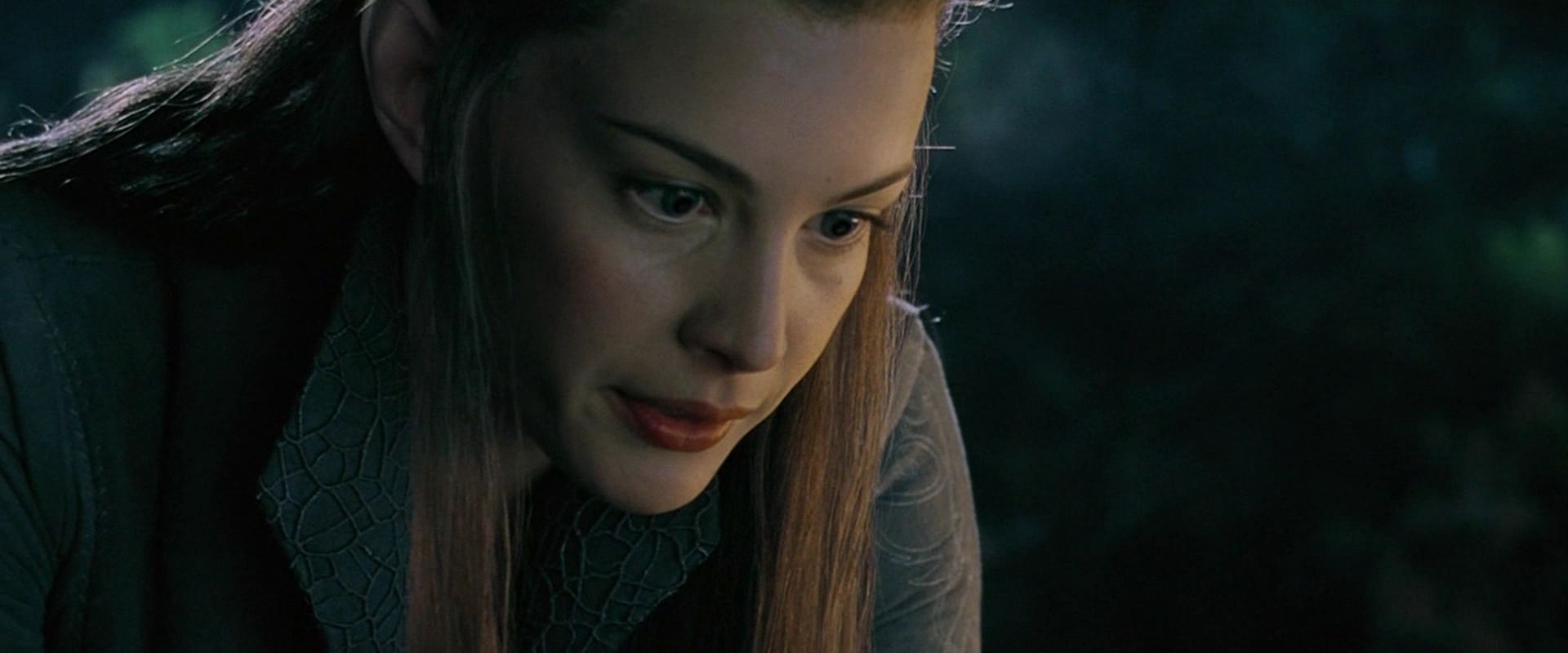
Here's an example of a scene not in the books leading to a really silly scene, also not in the books. In order to add some action early on in The Two Towers, the filmmakers invented a battle between Aragorn and a super-orc named Sharku. It's a cool scene, but not something from JRR Tolkien's story at all.
After the battle, Aragorn is left floating in the water. Then, he is woken by the kiss of the apparition of Arwen, presumably in a dream-state.
Yup, just like a reverse Snow White, a lover's smooch wakes the hunk. It feels a little forced; a contrivance to both save the defeated fighter and make his love affair with the Elf more legit.
8 Two Towers Become Three Towers
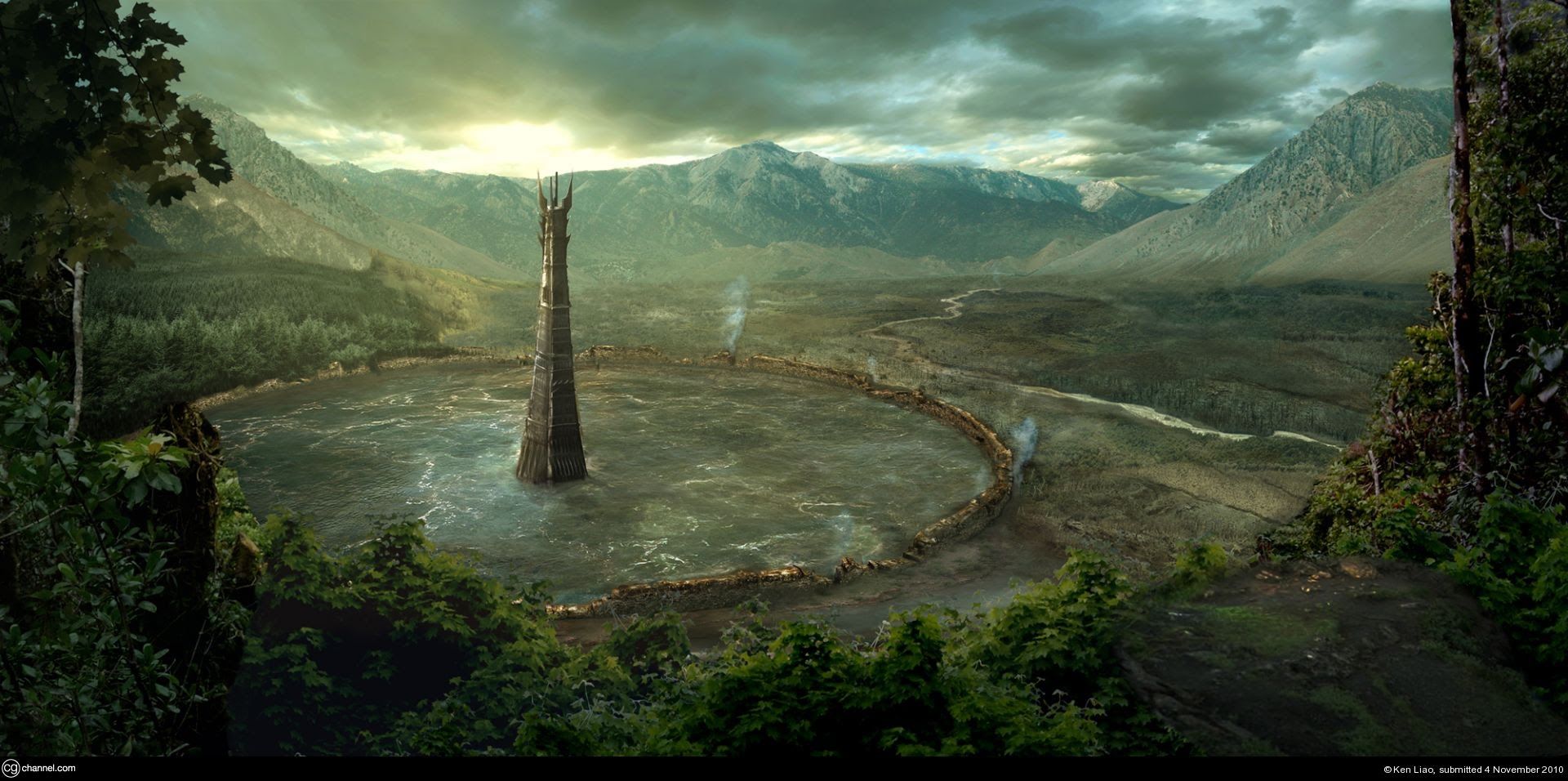
When it comes to towers, Middle-earth has a heck of a lot of them. When it comes to the book The Two Towers, there was a little confusion as to what two towers exactly JRR Tolkien was referring.
At the end of The Fellowship of the Rings, a publisher's postscript announces that the towers are to be "the citadel of Saruman, and the fortress of Minas Morgul that guards the entrance to Mordor." But by the time The Two Towers shows up, the second tower actually turns out to be Barad-dûr.
In the film, it's all reconciled within a speech given by Gandalf, clarifying what the two towers actually are.
It's a speech that never happens in the books.
7 The Missed Shelob Cliffhanger
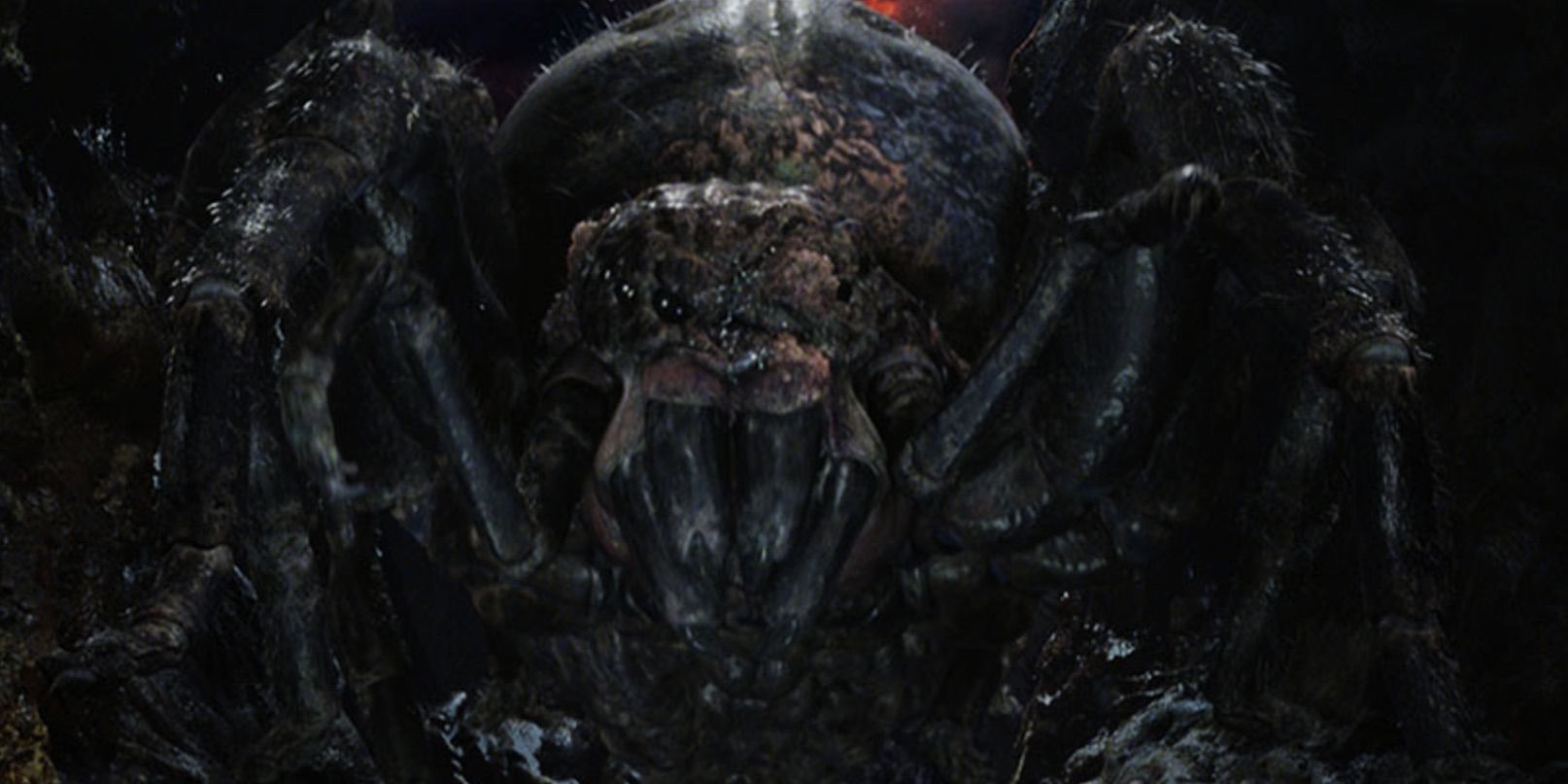
This one is a weird choice on the part of the filmmakers. In the book, The Two Towers ends on a major cliffhanger. The giant spider Shelob has attacked and seemingly destroyed Frodo. It's a hope against hope that he could have survived this and readers had to wait for the next installment.
Peter Jackson decided to start the third film The Return of the Kings with this scene, totally ruining that cliffhanger moment.
The idea seems to have been to give Frodo and Samwise more screen time in the third film, but this was a missed opportunity for sure. It's not like the pair didn't have more thrilling adventures ahead of them!
6 The Shire's Alternate Future
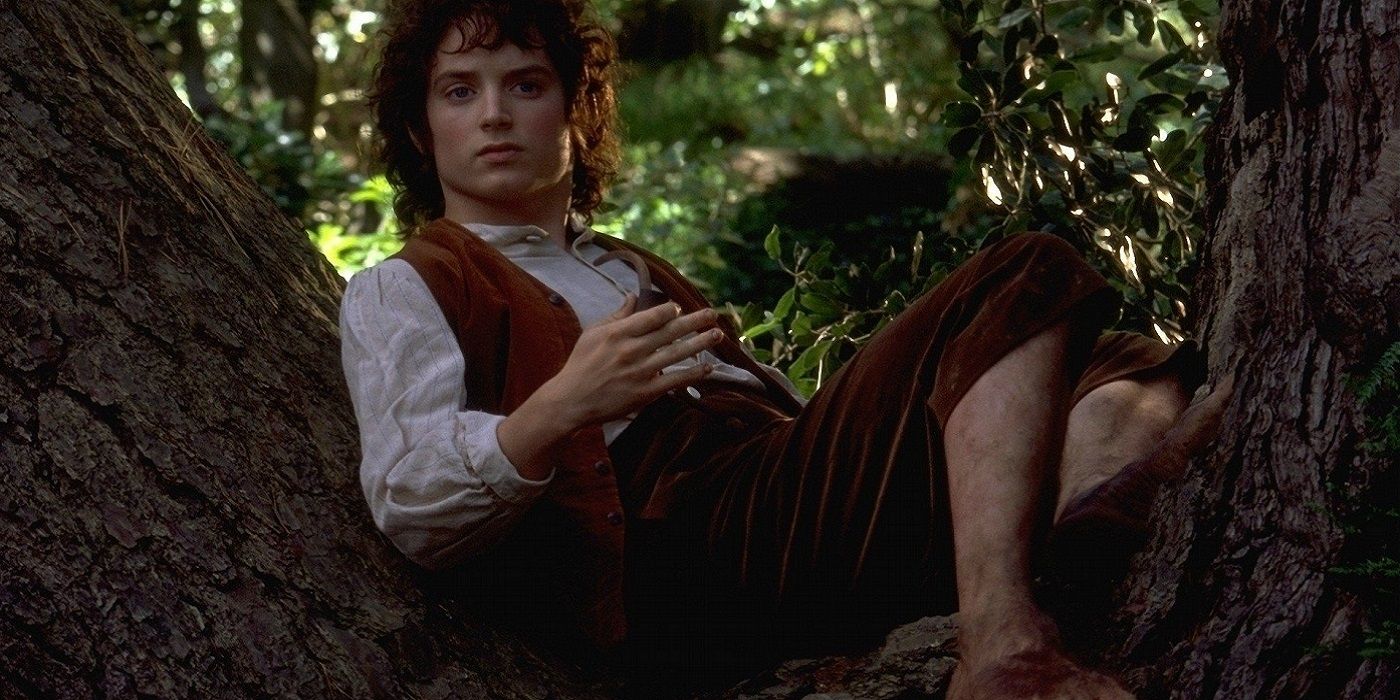
Another major omission from the films is the infamous Scouring of the Shire. This event had major implications in more ways than one. In the first place, it adds more drama after the ring has been disposed of and Sauron toppled.
The travelling Hobbits return home to see their beloved Shire turned into a nightmare by an unscrupulous resident sponsored by none other than Saruman.
Yep, in the books, Saruman is still alive by the end of the third book and has caused residual damage to Middle-earth. It is here in the books that he is finally dispatched.
Filmmakers disposed with the scene altogether, creating confusion about Saruman's fate in the process, as discussed earlier.
5 Bilbo Never Really Wrote a Book
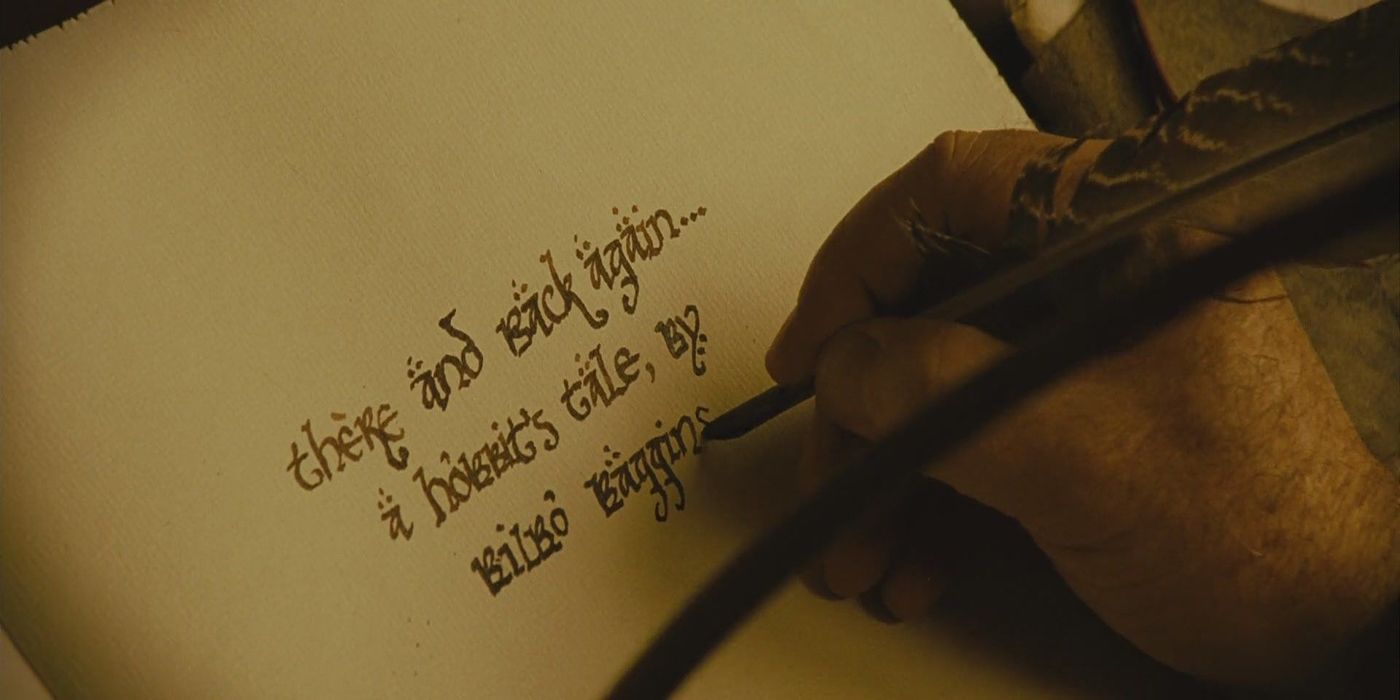
In the early scenes of The Fellowship of the Ring, the audience gets to see Bilbo working on a book about his adventures called There and Back Again – which is the subtitle of the novel version of The Hobbit.
The implication is that the The Hobbit book we all read was penned by Bilbo.
That never happened outside of the film. In fact, Tolkien establishes that Hobbits don't even write books at all! Theirs is a spoken word form, retelling stories and histories instead.
Making the meta-authorship kind of throws things off. While helpful for introducing film audiences to Hobbits, it's still a confusing choice.
4 Gandalf's Klutzy Hobbit Hole Moment
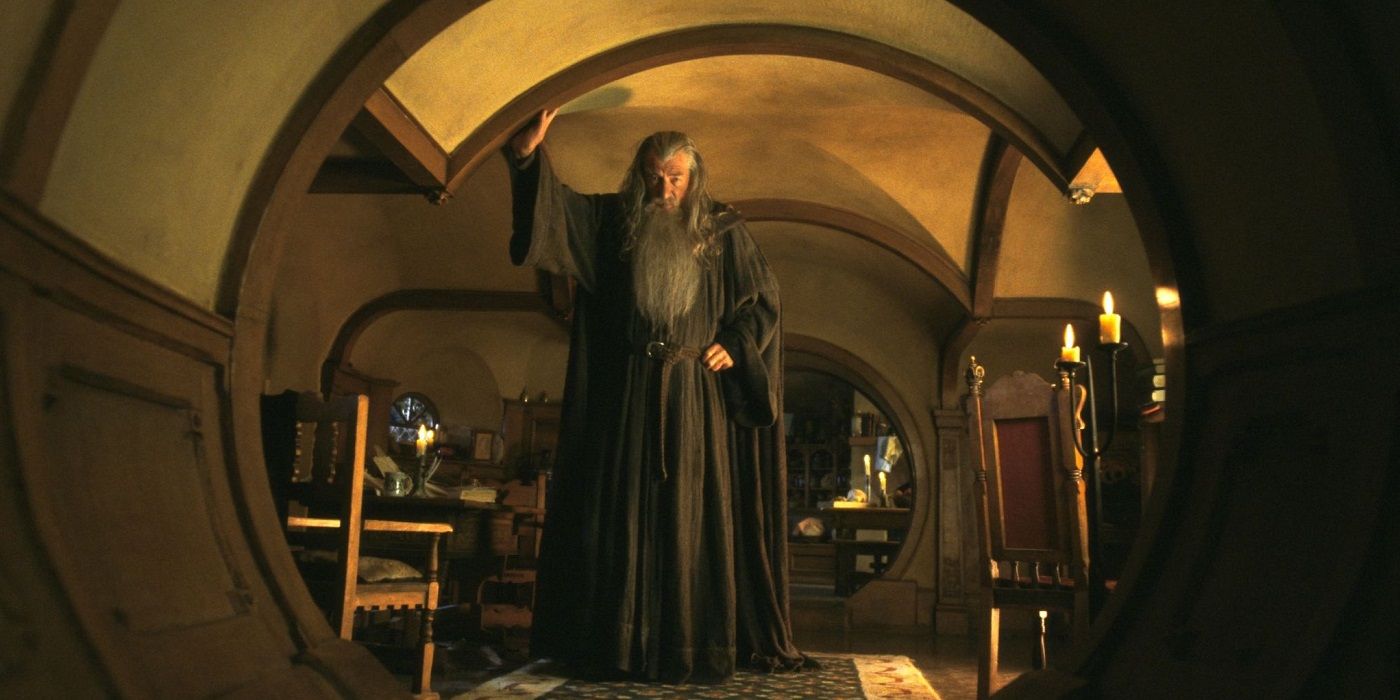
There's this bizarre moment early on in The Fellowship of the Rings that just makes you wonder what the editing process of the film was like.
Ian McKellan's Gandalf humorously bumps his head in Bilbo's Hobbit hole-- something that the actor did in real life and was left in the final cut by filmmakers.
Yes, it adds some much-needed humor to the often-grim source material, but making the exacting and super-disciplined ancient wizard Gandalf act like a goof hurts the tension of the moment.
This choice seems just a little bit too needlessly undignified for such a strikingly venerable character.
3 Arwen's Flood
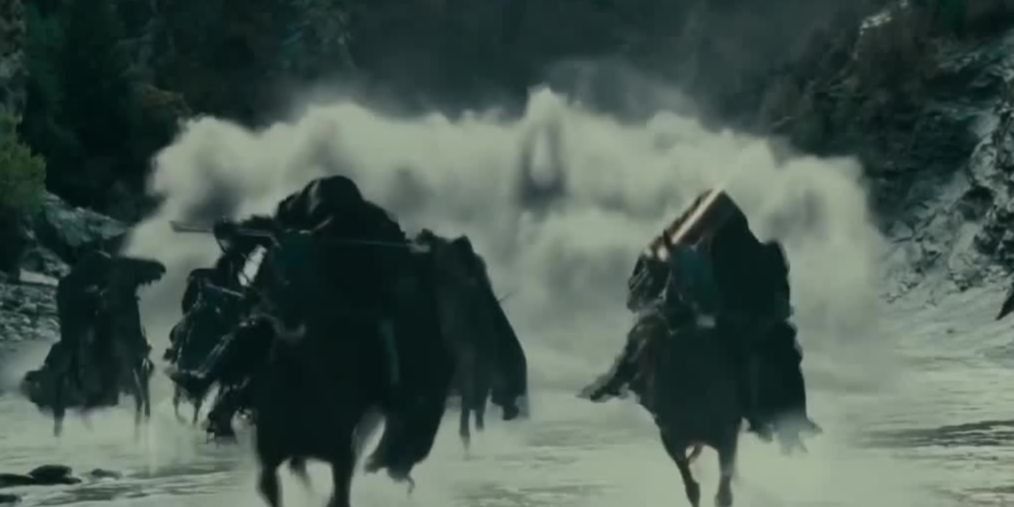
One of the great narrow escape scenes in The Lord of the Rings trilogy happens in The Fellowship of the Rings. With the Black Riders hot on their tail, Arwen and Frodo ride over the Ford of Bruinen. Arwen dares them to follow, and when they do, she unleashes a flash flood which washes the ugly suckers downstream.
It's an awesome move that saves our heroes' skins, but in the books, it was Elrond and Gandalf behind that bit of salvation. Why the change?
Apparently, it made the whole thing easier to explain to audiences, saving explanations of how it all went down. It's a small change, but ups the ante on just how much more powerful Arwen seems to be in the movies than she is in the books.
2 Bilbo's Aging Process

When JRR Tolkien introduces readers to the race known as Hobbits, he makes a point of stating that once they reach adulthood, they don't change much in appearance. That means that they don't go grey or get wrinkled as they get older. You can't tell if a Hobbit is 25 or 75 years old because their bodies simply do not go through those changes.
For the movie version, Peter Jackson decided to offer a visual cue to tell the audience that Bilbo is far older than Frodo.
Yes, Bilbo looks like a charming old codger, but that's a human trait. That's a fundamental shift in Hobbit physiology and in a lot of ways, can help audiences become disenchanted with the little guys.
1 Tom Bombadil Was Cut
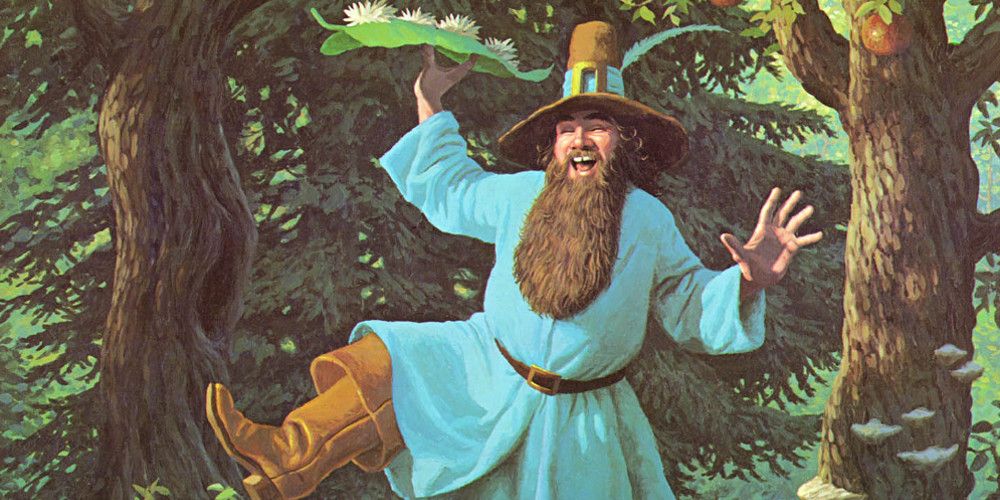
Let's start with the one character cut from The Lord of the Rings cast which hurt many fans the most. Readers will never forget the bedazzling character of Tom Bombadil.
When Frodo and his band of Hobbits first set out from the Shire, Tom saves them from an evil tree, puts them up for a couple of nights and arms them with special daggers. Not only that, he demonstrates that the One Ring has absolutely no power over him. When it turns Frodo invisible, Tom can still see him. He can wear it without being affected and even makes it disappear!
Yet this unique character with a visually stunning way of jumping around the forest was not included.
---
What other problems with The Lord of the Rings do fans overlook? Let us know in the comments!
from ScreenRant - Feed https://ift.tt/2MQn8BK
via IFTTT
from https://ift.tt/2Llmy9X
via IFTTT
No comments:
Post a Comment